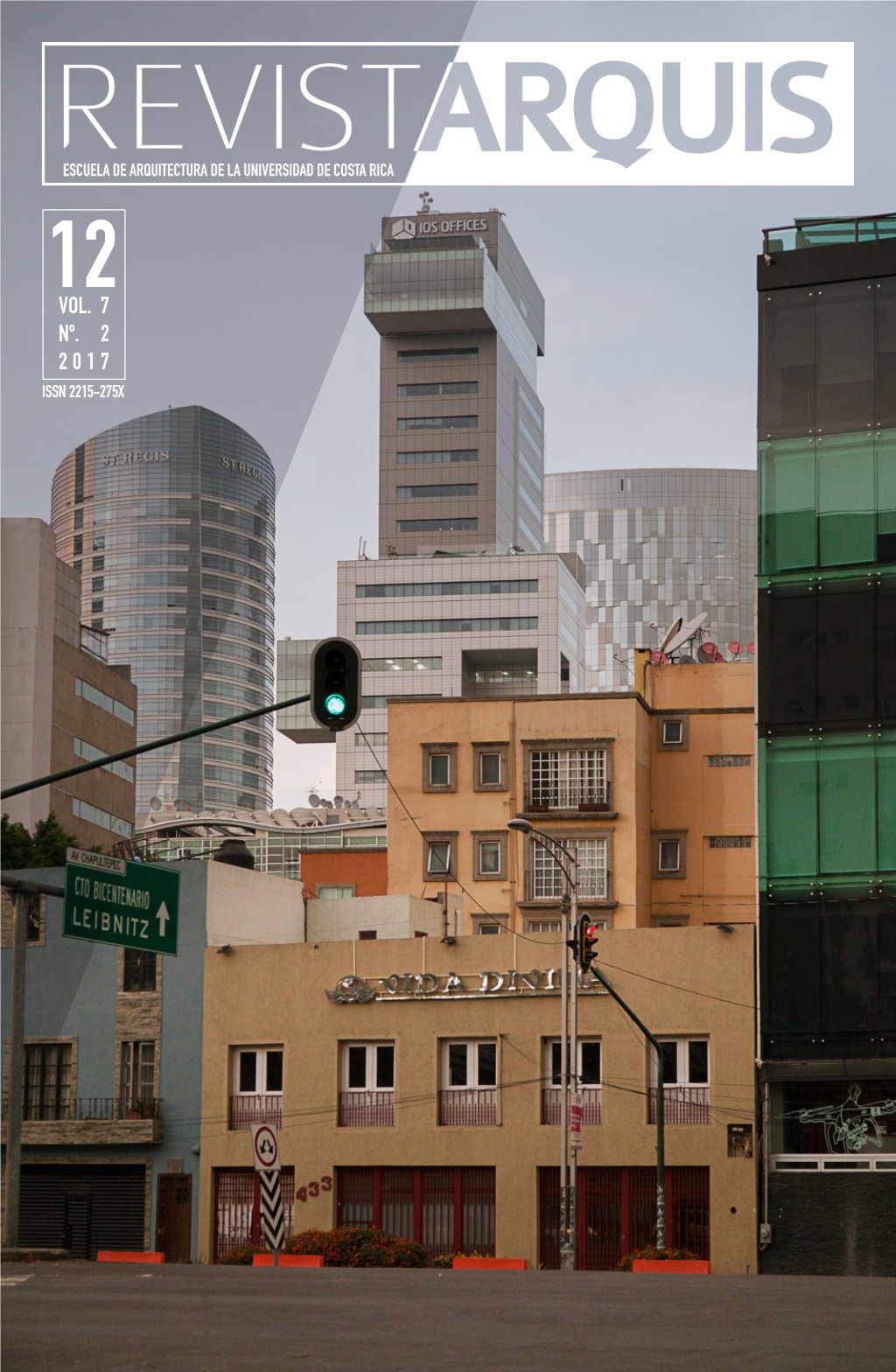Abstract
The study on the urban form and the processes of transformation of cities has allowed a deeper knowledge of the nature of these urban conformations. In parallel, the various urban problems have led to a better understanding of how the growth model followed has shaped the physical structure of the cities, and the quality of life of its inhabitants. This essay is framed within this line of research, focusing on a Latin-American case study. It exposes the poor territorial management effects, as well as the weak execution of the planning instruments that have shaped the urban form and the quality of life of the inhabitants of the Greater Metropolitan Area of Costa Rica.

